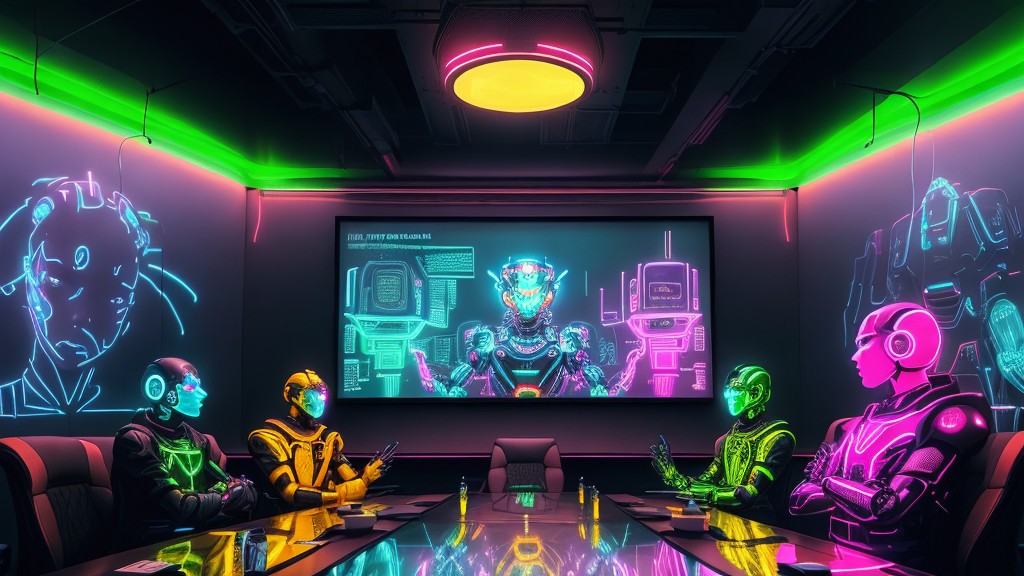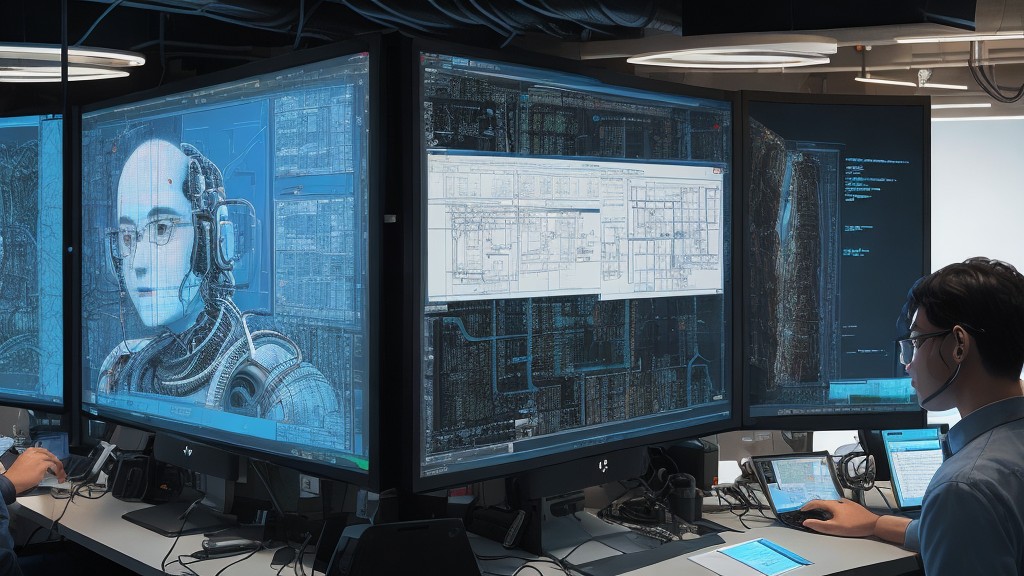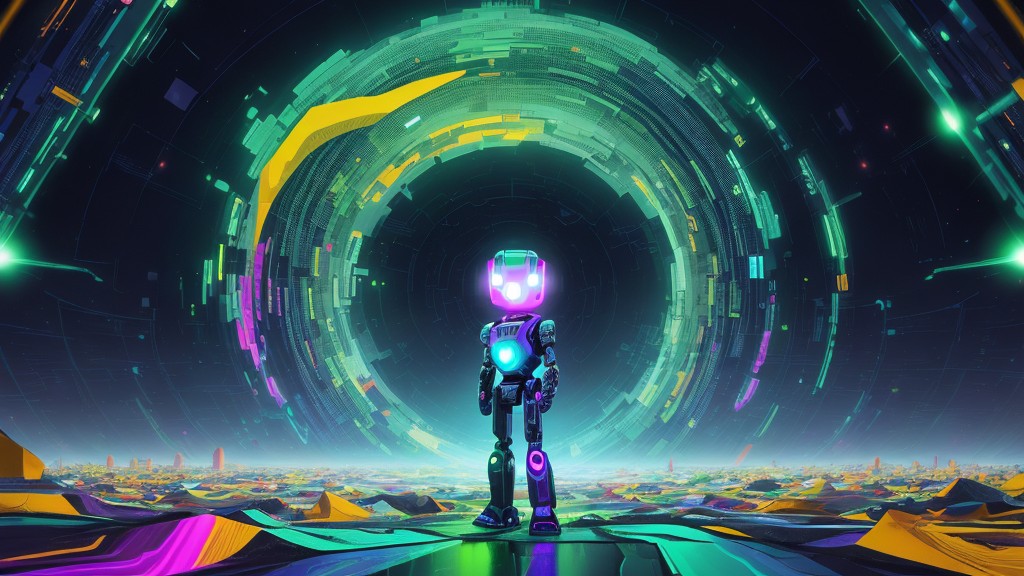
Meet Your AI Council

Meet Your AI Council
The world of AI is marked by continuous evolution, and the debates that come with it. The frontrunners in the race – models like ChatGPT – often spark discussions on their supremacy. However, the focus is shifting. Instead of pinning hopes on a single AI model, why not consult a diverse group of them?
Enter Nat.dev: a platform that is revolutionizing the way we perceive and use AI. Instead of toggling between models or relying solely on one, users can now tap into the collective wisdom of several AI models in one go. It’s as if you’ve convened a council of AI specialists, each bringing a unique perspective to the table.
Imagine posting a question about climate change. While one model might provide a broad overview, another could delve deep into the technological solutions, and yet another might offer socio-economic implications. This kaleidoscope of viewpoints empowers users to approach problems with a comprehensive understanding.
Nat.dev also addresses one of the most critical concerns for users: cost. You only pay for the insights you use. It’s a shift from the subscription or licensing models to a more democratic, pay-as-you-go approach.
As the realm of AI expands, platforms like Nat.dev emphasize the importance of diversity in insights. They challenge the notion of the ‘perfect’ model, making the case that perhaps, perfection lies in variety.
So, have you given Nat.dev a spin? Who was your favorite AI advisor in this virtual council? It’s an exciting time for AI enthusiasts and professionals alike. Dive in, explore, and share your unique experiences with this game-changing platform!



